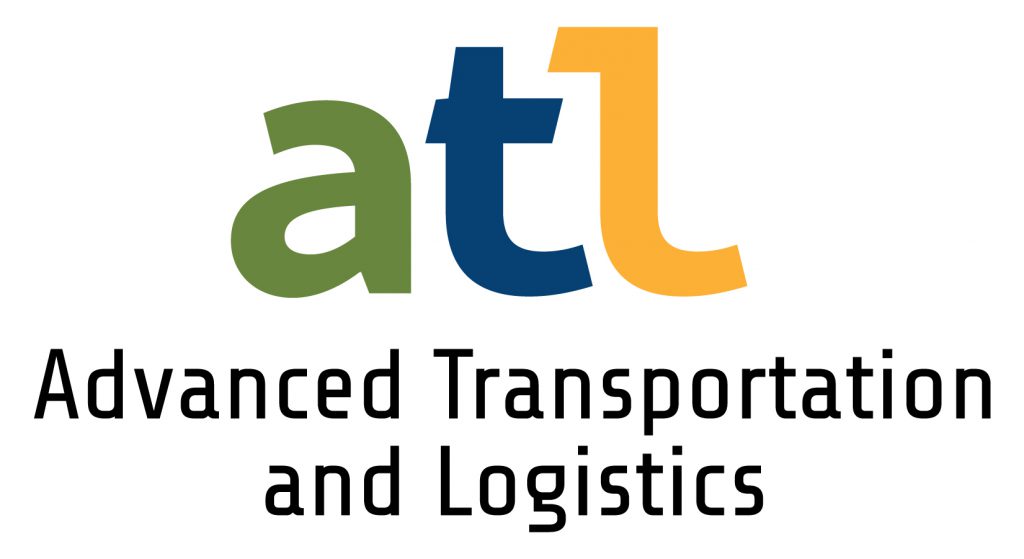The Federal Aviation Administration (FAA) has released its long-anticipated proposed rules for small unmanned aerial system operations in U.S. national airspace.
by Betsy Lillian for Unmanned Aerial Online unmanned-aerial.com

UAS must be flown in the daytime, within the visual line of sight (VLOS) of the operator and not above people. Betsy Lillian (February 16, 2015)
Under the proposed regulations, commercial – or non-recreational – UAS must be flown in the daytime, within the visual line of sight (VLOS) of the operator and not above people (excluding those who are part of the operation). The aircraft also must keep below 500 feet in altitude and maintain a speed of under 100 mph. The VLOS rule requires that the operator is “able to see the UAS with unaided vision,” with the optional help of a visual observer (e.g., a first-person-view device), according to an FAA release.“That will do away with all automation for the most part,” Michael Drobac, executive director of the Small UAV Coalition, tells Unmanned Aerial Online. “You can’t use technology if you’re still using people.”Though the proposed rules do not allow for beyond-VLOS operations, the agency is requesting input (during the 60-day public-comment period) on whether or not to allow them and, if so, how to incorporate them.Richard Jost, director at law firm Fennemore Craig and leader of its UAS and aviation practice group, tells UAO that while the proposed regulations are “certainly a positive step forward,” they are “clearly more limited than what most small UAVs are capable of doing today.”
“There are dangerous jobs being done every day that could be done with UAVs,” Drobac explains. He says there were 95 cell tower workers who suffered fatalities on the job from 2012-2014 in the U.S.
Drobac brings up another quandary concerning the proposed rule: that UAS operations cannot take place above people. What happens when an unmanned aircraft is used, for example, to scout out a fire of a building that has residents inside? Would first responders be allowed to fly over them?
“I think there are technicalities that we’ll work through, but we absolutely have to think about this in terms of how the technology can serve consumers,” says Drobac, who adds that he is hopeful the industry can work out these technicalities in the process of finalizing the rule.
“The Small UAV Coalition is now going to be even more aggressive and even more passionate about the cause because now we have something we can work with,” he says.
In order to fly a UAS, the operator, who has to be at least 17 years of age, must receive a UAS operator certificate from the FAA and pass a knowledge test every two years. However, he or she does not need a private pilot license. In the commercial UAS exemptions that the FAA has granted to date (through a Section 333 exemption), the agency has mandated that the pilot and the observer both have an FAA private pilot certificate, among other requirements.
According to Drobac, those requirements should be changed “immediately” in the interim.
Read complete article here.


